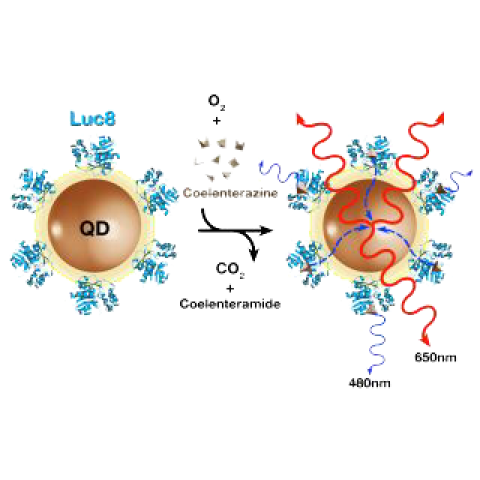Interdisciplinary Initiatives Program Round 7 - 2014
Daniel Spielman, Radiology
Jianghong Rao, Radiology
Dean Felsher, Medicine - Oncology
Senescence cells, cells that have lost the ability to divide, are now understood to be central to arresting the proliferation of potential cancers and driving the degenerative changes underlying aging and age-related disease. Since their discovery by Hayflick and Moorhead in 1961, researchers have identified cellular senescence in humans as playing a key multi-factorial role associated with tumor suppression, aging, tissue repair, and, paradoxically, tumor promotion. Following a landmark study demonstrating removal of senescent cells delaying ageing-associated disorders in mice, there has been an ongoing search for methods to remove or reduce the accumulation of senescent cells as a potential therapeutic intervention.
Although multiple agents have been suggested for the detection and imaging of senescent cells, none of the existing methods have sufficiently low toxicity and high sensitivity and specificity to be currently applicable to human studies. In addition, none of these agents target the more challenging problem of detecting and quantifying the removal or death of senescent cells.
Exploiting the recent development of hyperpolarized substrates, i.e., MRI-visible compounds whose magnetization is much higher than that normally achieved at in vivo temperatures, presents an unprecedented opportunity for in vivo metabolic imaging using 13C magnetic resonance spectroscopy (MRS). The overall goal of this project will be to evaluate two novel 13C-labeled hyperpolarized probes for metabolic imaging of the removal of senescent cells. These new metabolic imaging agents could provide important new abilities to assess the efficacy of senescent cell targeting agents for the treatment of cancer and age-related pathologies in both preclinical and clinical trials.




